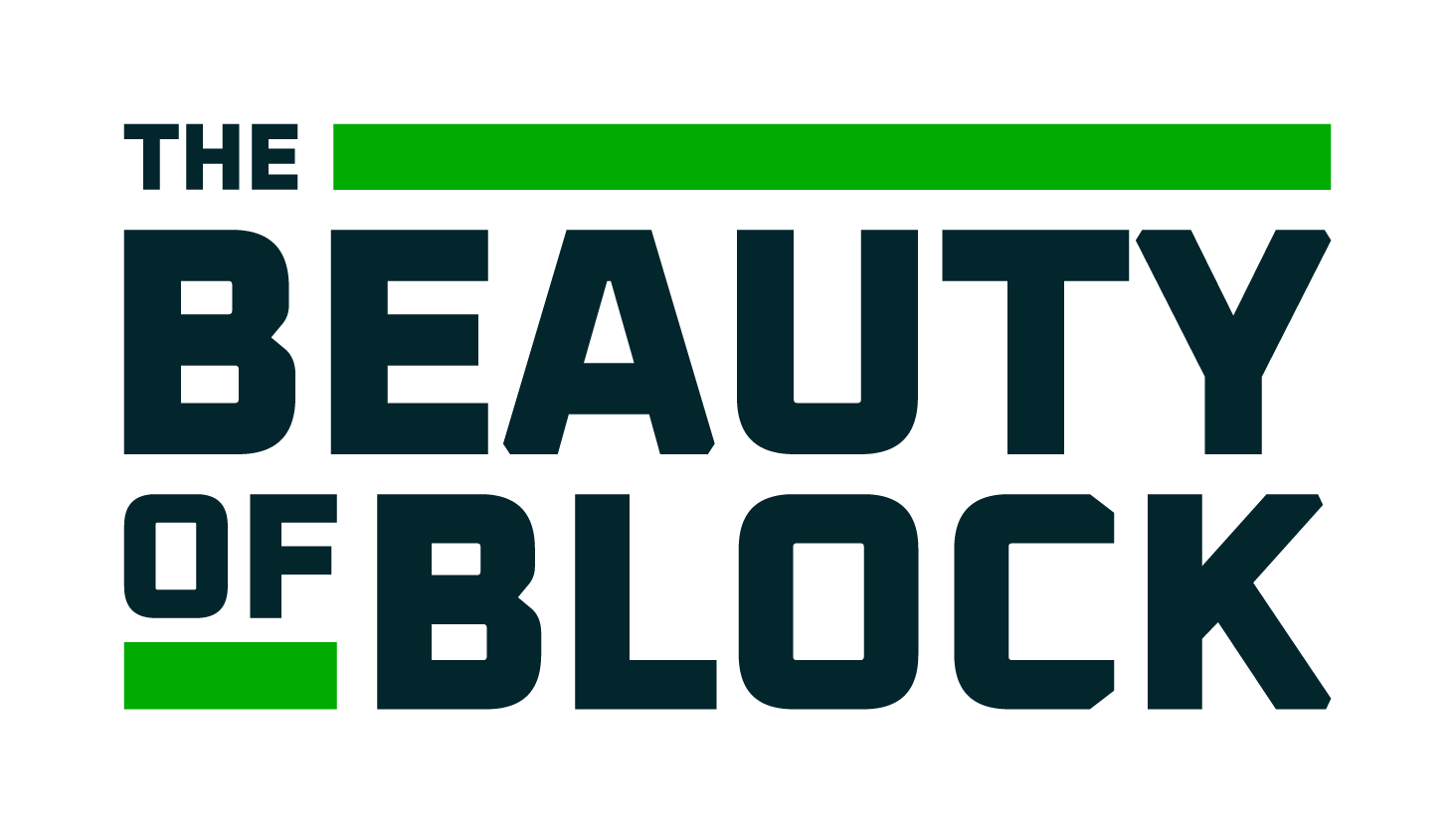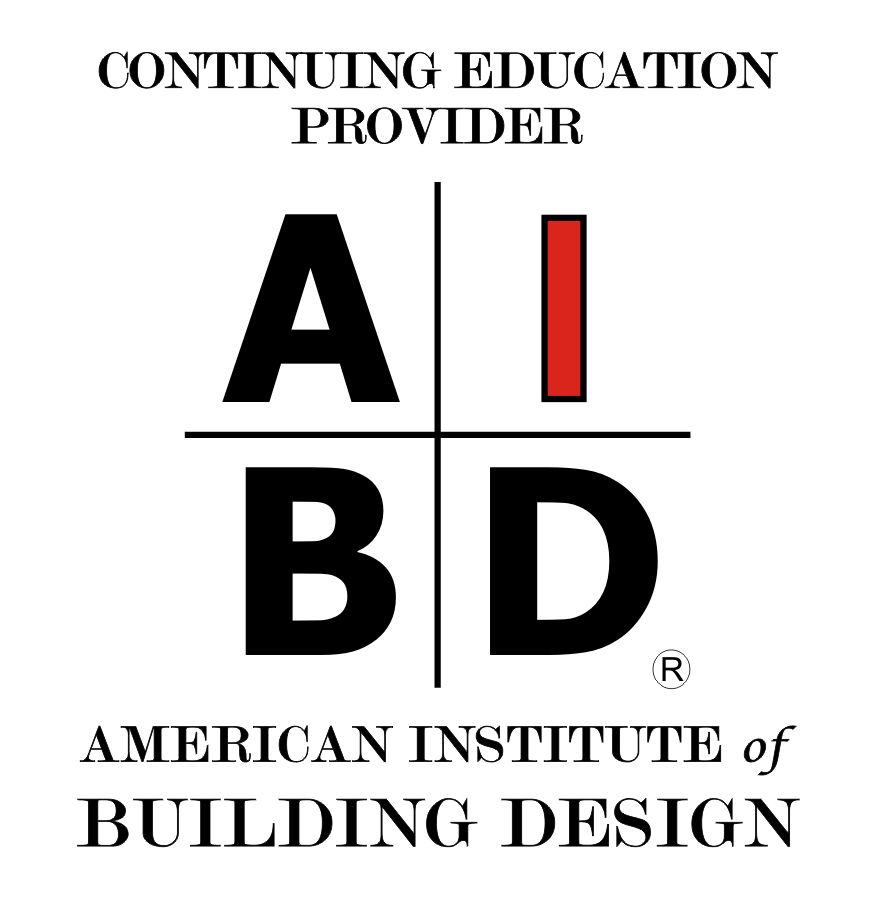CMU Embodied Carbon: From Simple Walls to Whole Buildings
Quantifying cradle-to-gate carbon benefits of concrete masonry through assemblies and a prototype building LCA
Sponsored by Concrete Masonry Checkoff | Presented by Heidi Jandris
Live Webinar Airing on August 14, 2025 at 02:00 PM ET
Participants will examine mini-LCA wall comparisons that demonstrate CMU's carbon benefits, then explore a prototype mixed-use building case study that scales these advantages to the structural level. The course emphasizes how efficient design strategies—including modular coordination, optimized structure and strategic grout and reinforcement placement—serve as major drivers for both carbon reduction and cost savings. By exploring the intersection of design efficiency with sustainability goals, participants will learn how thoughtful CMU design decisions simultaneously lower embodied carbon, reduce material usage, and improve project economics.

Photo courtesy of Jandris Block
 |
Heidi Jandris grew up immersed in her family’s New England concrete block business, Jandris Block, established by her grandfather in 1920. She received a Master of Science degree in Sustainable Building Systems from Northeastern University’s College of Engineering, a Bachelor of Architecture degree from Pratt Institute, and earned a Whole Building LCA (WbLCA-P) micro-credential from the British Columbia Institute of Technology. She provides technical services to the design community with a focus on embodied carbon while researching and implementing ways to improve the efficiency of and lower the environmental impacts of Jandris’ manufactured concrete products. She is chair of the CMHA masonry committee and serves on the CMHA executive committee. She also chairs the Concrete Masonry Checkoff (CMC) national programs committee. |
Block? Beautiful? BELIEVE IT. Building with concrete masonry means you’ll never have to compromise or cut corners. There’s no need to sacrifice strength for stewardship or choose between looks and longevity. Block lets you have it all, and that’s a beautiful thing.
Any Project can benefit from the all-around appeal of concrete masonry:
- Carbon-and-cost savings that speak volume.
- Locally sourced and skillfully set.
- Unmatched protection & peace of mind.
- Noncombustible. And nearly indestructible.
- And curb appeal that just won’t quit.
Checks every box…that’s the Beauty of Block.
Originally published in Architectural Record
Originally published in July 2025
LEARNING OBJECTIVES
- Discover the 3 reasons dry-cast concrete masonry units (CMU) are a low embodied carbon concrete, and explore how concrete masonry offers interconnected sustainability strategies.
- Compare the cradle-to-gate embodied carbon of several different wall assemblies with simple wall sections.
- Investigate the cradle-to-gate embodied carbon of 3 different structural systems, by exploring a prototype mix-used building LCA case study.
- Introduce and explore efficient design strategies and discover how these strategies can lower both the embodied carbon and also the cost of a project.












